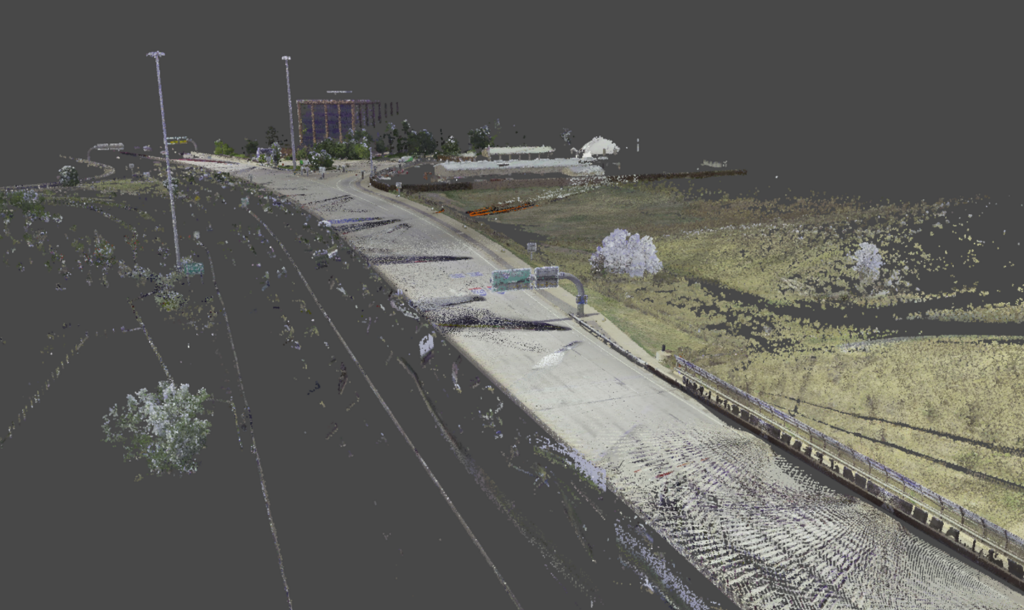
Knott Laboratory provides forensic engineering and animation, Civil & Structural, and Fire & Explosion Investigation services to reconstruct accidents.
Case Spotlight: Motorcycle Accident Reconstruction
Examining the process of accident reconstruction with video evidence
Knott Lab was asked to investigate and reconstruct a motor vehicle crash involving a sedan and a sport motorcycle. The crash and events leading up to the crash were captured on video by an action camera (such as from a GoPro camera) mounted on the motorcyclist’s helmet. The video showed the motorcyclist accelerating and passing by other vehicles at a high rate of speed. The video then showed a sedan that was approaching from a side street. It made a right-turn onto the main street, in front of the motorcyclist’s path of travel. The motorcyclist reacted and attempted to avoid a collision with the sedan by applying the brakes. However, the motorcyclist was unable to slow enough to avoid impact and subsequently struck the rear of the sedan.


As part of the reconstruction analysis, we inspected the crash site and performed a 3D laser scan of the crash site with a Leica RTC 360 laser scanner. We then performed matchmoving analysis of the video footage to analyze the motorcycle’s and the sedan’s kinematics depicted in the video. In conducting the analysis, we removed the lens distortion from the camera, because straight objects such as road lines, light poles, and street signs appear curved due to the lens distortion.

Using the laser scan, we generated a 3D point cloud model of the crash site.

Through matchmoving and photogrammetry processes, we were then able to determine the motorcycle’s and the sedan’s positions, orientation, and speed throughout the accident as captured on video.
Our analysis showed that just prior to the crash, the motorcycle accelerated up to a speed of approximately 100 mph, which is 55 mph over the 45 mph speed limit. We also determined the deceleration rate of the motorcycle when its brakes were applied just prior to the crash. Based on the deceleration rate, the motorcyclist applied the brakes in an emergency manner, meaning that the motorcycle was braking at, or almost at, its maximum braking capability.
We then performed avoidance analysis to determine whether the crash was avoidable had the motorcycle been traveling the speed limit. This showed that had the motorcyclist been traveling at the 45-mph speed limit, he would have been able to brake his motorcycle down to a speed low enough avoid the crash. Furthermore, had the motorcycle been traveling at the speed limit, the motorcyclist would have been able to avoid a crash without applying the brakes in an emergency manner and he would have been able to avoid the crash with only a fraction of the motorcycle’s braking capabilities.
Going further, we performed avoidance analysis to determine whether the motorcyclists could have steered to the left and changed lanes to avoid an impact with the sedan. At the traveled rate of speed, the motorcyclist would not have had enough time and distance to avoid an impact with a lane change. However, had they been traveling at the 45-mph speed limit, he would have had sufficient time and distance to change lanes and avoid the crash.
In conclusion, due to the motorcyclist’s choice to travel at over double the speed limit, he did not have enough time and distance to avoid a crash with the sedan. Had the motorcyclists been traveling at the speed limit, the crash would have been avoidable. Therefore, the analysis showed the motorcyclist’s decision to travel at over double the speed limit was a contributing factor to the crash.

